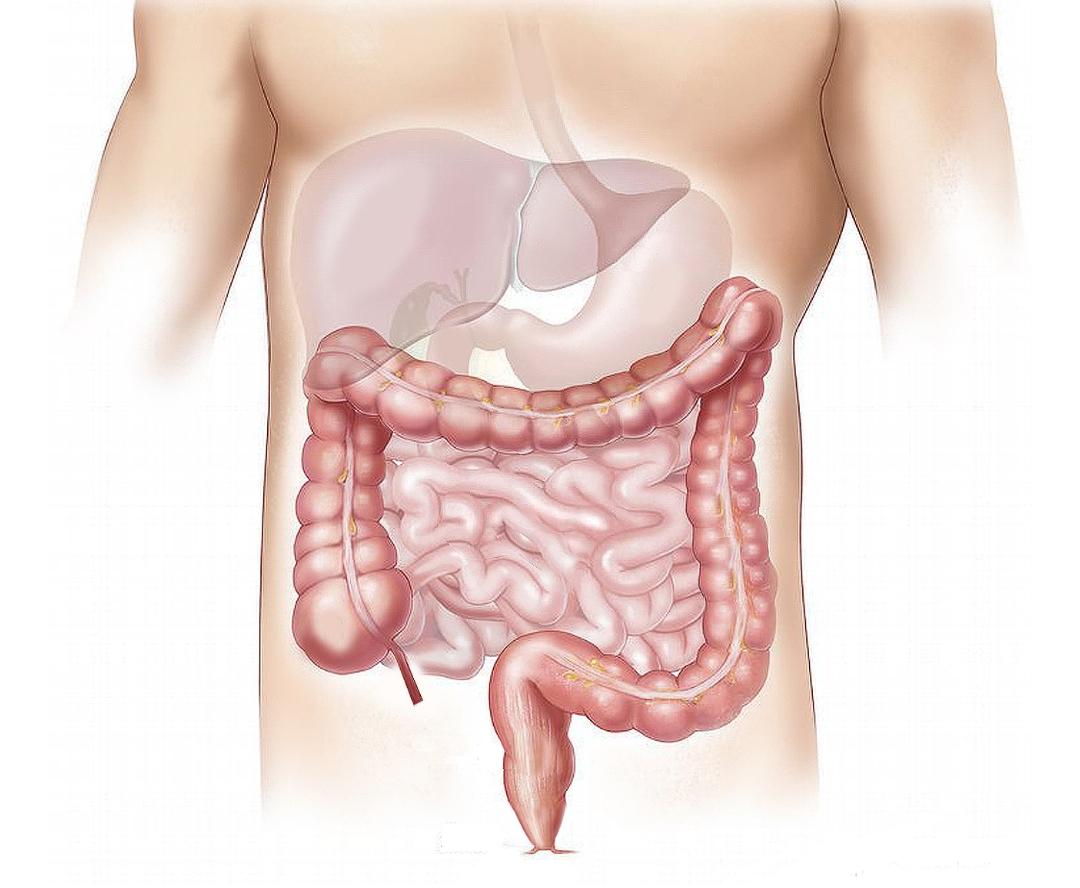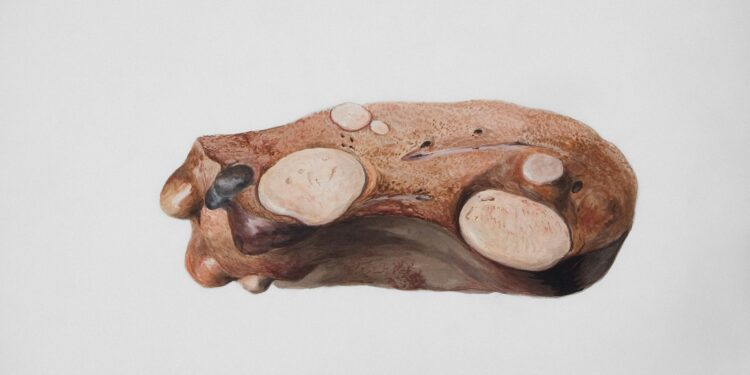The accumulation of excess fat in the liver causes fatty liver disease, which is sometimes referred to as a silent disease. Doctors refer to this disorder as hepatic steatosis. There are generally no obvious symptoms associated with fat liver disease. Because people with fatty liver disease don’t notice any changes in their body, they often don’t realize that they have it. However, as the fat accumulates, it causes the liver to swell and scar, which can lead to liver damage.
Given that fatty liver disease is typically asymptomatic, the condition needs to be discovered early. However, is it possible to discover a condition like this when there are no obvious symptoms? The answer is yes. Let’s see how diagnosing a condition like this works.

Diagnosing Fatty Liver Disease
Now you know, fatty liver disease usually doesn’t cause symptoms. However, this condition is often discovered by accident during routine check-ups or tests for other conditions. That is why it is very important to always book for routine check-ups to make sure that everything is intact or to even catch any underlying illnesses right on time before it becomes worse. This is what a doctor would do if they suspect fatty liver disease, which could be brought on by risk factors including obesity, diabetes, or high blood pressure.
Medical History: First thing first, the doctor will ask about your lifestyle, your family history, and maybe if you have any existing health conditions. In order to determine if you have alcoholic fatty liver disease or non-alcoholic liver disease, the doctor will then ask you if you drink alcohol. The doctor may probably press your belly during a physical examination to look for any indications of liver enlargement or even a sore place.
Blood Test: Your doctor will examine your liver enzymes, which typically show liver damage or swelling. But the thing is that fatty liver cannot always be ruled out by normal liver enzyme levels, therefore the doctor will need to do more tests.
Imaging Tests: The most common imaging test that the doctor will advise you to take is an ultrasound. This allows the doctor to observe the accumulation of hepatic fat. Other imaging tests, such as CT or MRI scans, are used when the ultrasound results are barely clear.
Fibroscan or Elastography: Most of the time, a fibroscan or elastography is used by doctors to examine the liver in greater detail. The doctors could also recommend elastography or a fibroscan in this instance, which are basically specialist tests that gauge liver stiffness. In the event that fatty liver disease has advanced to a more severe stage, this can help in determining whether the liver has any scarring.
Liver biopsy: In some cases, the doctor may recommend that you do a liver biopsy. Where a tiny tissue sample from the liver is taken, this is usually done when they need to determine the exact stage or type of fatty liver disease that a person has. Although it is an invasive procedure, it provides the most accurate diagnosis and information about how damaged the liver has become.
Treating Fatty Liver Disease
After fatty liver disease has been diagnosed and the doctor knows the exact extent of the liver damage, the next thing the doctor does is to treat this condition. The good news is that in many cases, lifestyle changes can help you improve your liver health and also reverse the fatty build-up in the liver.
Lifestyle Changes
This condition often arises as a result of lifestyle, so you have to retrace your steps and change certain habits that are causing or putting you at a higher risk of getting this disease.
Weight loss: Losing weight can help the liver become less swollen and less fat. A small weight loss of 5–10% of your body weight can make a big difference.
Healthy diet: A Mediterranean-style diet rich in fruits, vegetables, whole grains, and healthy fats is frequently advised if you have been diagnosed with fatty liver disease.
Frequent exercise: More physical activity is needed to burn fat more quickly. This will help improve your overall health and aid in the reduction of liver fat. Generally speaking, doctors advise you to attempt to get in at least 150 minutes of activity per week.
Medication
Currently, there are no specific medications that have been approved solely for the treatment of fatty liver disease. However, doctors usually aim to prescribe medication that can treat individual factors that put you at a higher risk of developing fatty liver disease. These medications include medications for diabetes, high cholesterol, or high blood pressure.
Avoiding Alcohol and Certain Medications
Fatty liver disease is of two types. There is the alcoholic fatty liver disease and the non-alcoholic fatty liver disease. For those with alcoholic fatty liver disease, the most important step is to stop alcohol usage entirely, which will allow the liver to heal over time.
Even with non-alcoholic fatty liver, try to avoid alcohol in order to reduce the risk of further damage. In addition, certain medications can worsen your liver health, so the doctor may review your current prescription if you are under any medication and suggest changes if needed.
Monitoring and Regular Checkups
Since fatty liver disease can progress over time, you need to have a regular follow-up schedule. Doctors may repeat blood tests, imaging, or other assessments periodically to make sure that they monitor any changes in your liver health. This will help them ensure that your condition doesn’t worsen over time.
Possible Surgery for Advanced Cases
If fatty liver disease progresses to cirrhosis, which is severe scarring or liver failure, a liver transplant might become necessary for you to survive. However, this is rare and usually only needed in severe cases where the liver cannot function properly.
Bottom Line
Fatty liver disease is a condition where too much fat builds up in the liver. Doctors call this condition “hepatic steatosis.” Because it usually doesn’t show any symptoms, many people have it without knowing, which makes it hard to catch early. But during regular check-ups, doctors can often spot it by using blood tests and scans, like an ultrasound.
The main approach to treating fatty liver disease is making healthy lifestyle changes. Losing weight, eating a balanced diet, and exercising regularly can help reduce fat in the liver and improve liver health. For more severe cases, doctors may keep a close watch on liver health with regular check-ups, and in rare situations where the liver is badly damaged, surgery may be needed to help the person recover.

















